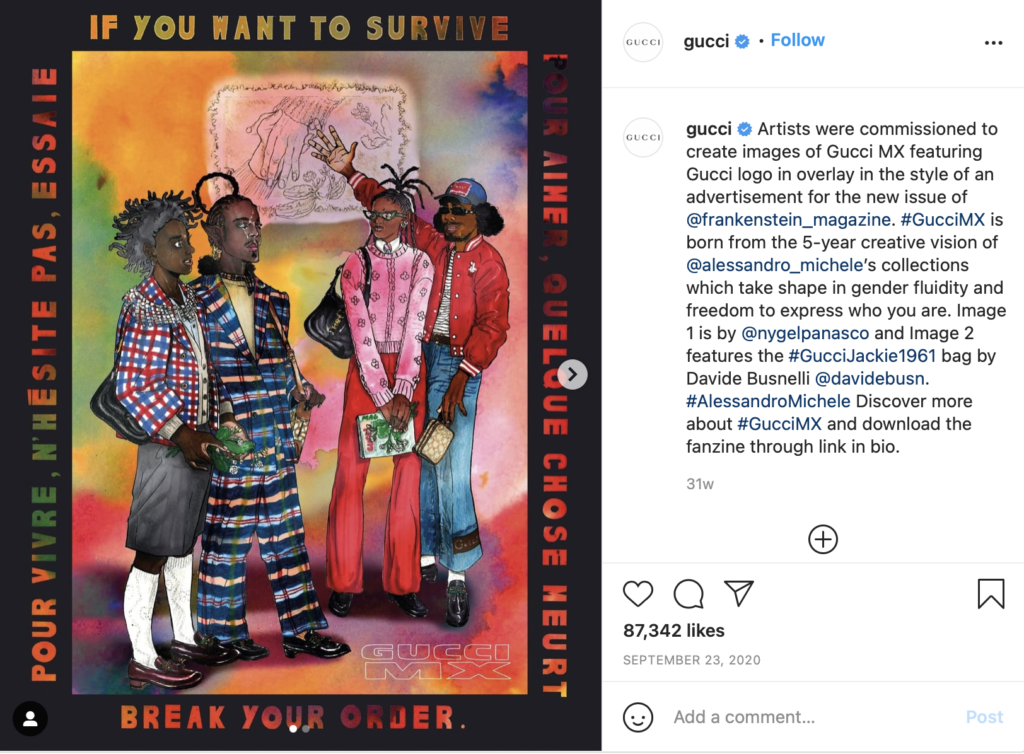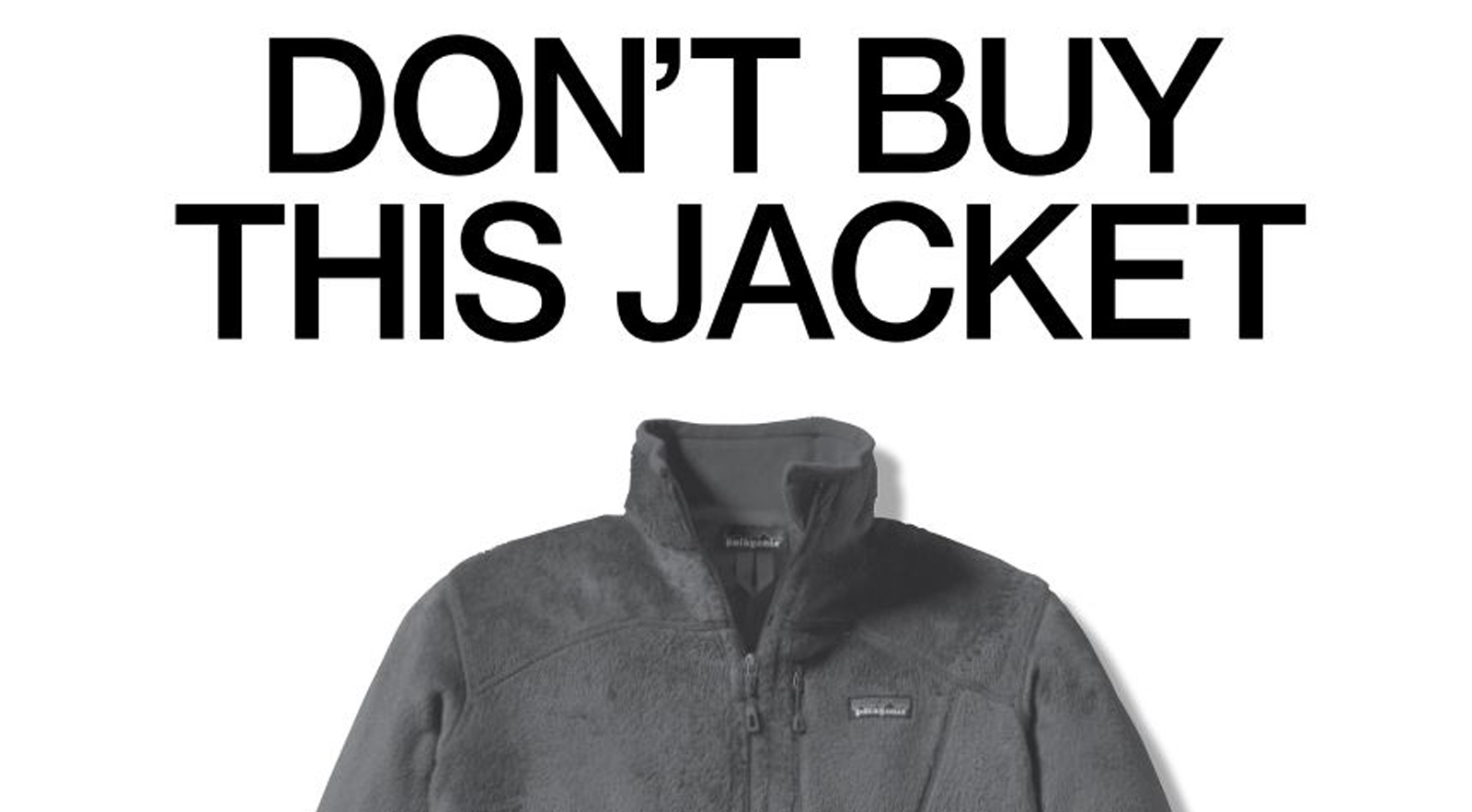In 2020, many groundbreaking situations hit the world. The murder of George Floyd being the most talked about, and quite rightly so. The murder raised popularity in the Black Lives Matter social movement, following protests all around the world against those who do nothing to protect black people, this being police, politicians, presidents, prime ministers and many more.
These troubling events launched many campaigns from brands worldwide, some offering plenty of advice on how to protect black communities, legal advice and how white people can improve, whilst other brands donated proceeds from some sales to Black Lives Matter charities such as the George Floyd Memorial Foundation. Even seeing Adidas share posts of support from Nike, brands are working together.

(Adidas, 2020).
In June 2020, Adidas launched a pledge on social media site, Twitter. The opening to this thread was a simple but strong message. “BLACK LIVES MATTER”.

(Adidas, 2020)
Along with the Twitter thread, the sportswear brand vowed to implement three steps of action, these steps being people, communities and accountability. Including a 120 million dollar investment in university scholarships for Black employees, the hiring of more Black employees and Black communities (Highsnobiety, 2020).
Adidas began by saying “Remaining silent is not a neutral position when the people we should be standing with live in fear of police brutality due to systemic racism.” (Adidas, 2020).
Adidas held responsibility over their actions in the past, mentioning the celebration of many black athletes and artists, saying they used the image to define themselves culturally as a brand. They stated that they “missed the message in reflecting such little representation within our walls.” (Adidas, 2020). Although it’s seen as maybe too late to address these issues, owning up to their previous mistakes is the first step to improving as a brand and engaging more with how their image should be, whilst also standing for their athletes and other representatives beliefs.

(Adidas, 2020).
PEOPLE – The first pledge from Adidas was to introduce a new hiring programme in a bid to hire more black employees, to remove hiring bias, create more accountability and oversight and increase representation (Adidas, 2020). The pledge also states that 30 percent of all positions will aim to be filled with Black and Latinx talent, this applies for internal and external positions. Finally, 50 percent of open positions will aim to be filled with diverse talent inclusive of all groups, from gender, disabilities, sexual orientation and veterans (Adidas, 2020).
COMMUNITIES – Adidas’ second commitment is to help the Black communities in need that are actively impacted by the lack of funding. A dedicated team had been started to manage and facilitate the funding of the brands programs which are in place to support and empower the Black communities (Adidas, 2020). This pledge also includes the 120million dollar commitment as previously mentioned.
ACCOUNTABILITY – A zero tolerance policy in place shows the brand must stick to their claims and actions for protecting the Black community, fighting all forms of racism, showing their loyal consumers, artists, athletes, models and many more that they are going above and beyond to fight the hate. Adidas stated “If there is evidence of retaliation offenders will be terminated. To ensure fairness and safety we are putting in place a 3rd party investigator to govern our policy and keep us accountable.” (Adidas, 2020).
Overall, I feel it’s important to recognise the impact Adidas are trying to create on the societal issues and their efforts to improve the world, educate others and fund those in need. Expressing their frustration on social media with these societal issues was a strong idea, reaching a mixed but primarily younger audience who can take influence from this and put the same education into their family and friends.
It is also important to teach more on black culture, artists, athletes and the overall community to others. According to Euromonitor, over 60% in each age group (15-60+) Agree or Strongly Agree that it is important to experience cultures other than their own (Euromonitor , 2020).

(Euromonitor , 2020)
Opening up more to the general public on these issues and making your consumers take part in helping these causes is an important way of stronger engagement to those involved with the brand. Adidas took upon the opportunity to do exactly this and have since began to do what every other brand should be doing, protecting black lives and educating those who can help too. Adidas recognised their reach, and used their platform to its abilities.
If you are neutral in situations of injustice, you have chosen the side of the oppressor.
George Floyd Memorial Fund: https://www.gofundme.com/f/georgefloyd
Assisting support for the mother of Ahmaud Arbery: https://www.gofundme.com/f/i-run-with-maud
Black Lives Matter global network: https://secure.actblue.com/donate/ms_blm_homepage_2019
National Bail Out: https://secure.actblue.com/donate/freeblackmamas2020
Minnesota Freedom Fund: https://minnesotafreedomfund.org/donate
Bibliography
Adidas, 2020. Black Lives Matter.. [Online]
Available at: https://twitter.com/adidas/status/1270800410136195072
[Accessed 7 May 2021].
Adidas, 2020. Together is how we move forward. Together is how we make change.. [Online]
Available at: https://twitter.com/adidas/status/1266594990559379457
[Accessed 7 May 2021].
Euromonitor , 2020. Lifestyles: Consumer Values in the United Kingdom, s.l.: Euromonitor. [Accessed 7 May 2021].
Highsnobiety, 2020. ADIDAS PLEDGES $120 MILLION TO BLACK COMMUNITIES & VOWS TO HIRE MORE BLACK EMPLOYEES. [Online]
Available at: https://www.highsnobiety.com/p/adidas-hiring-more-black-employees/
[Accessed 7 May 2021].






